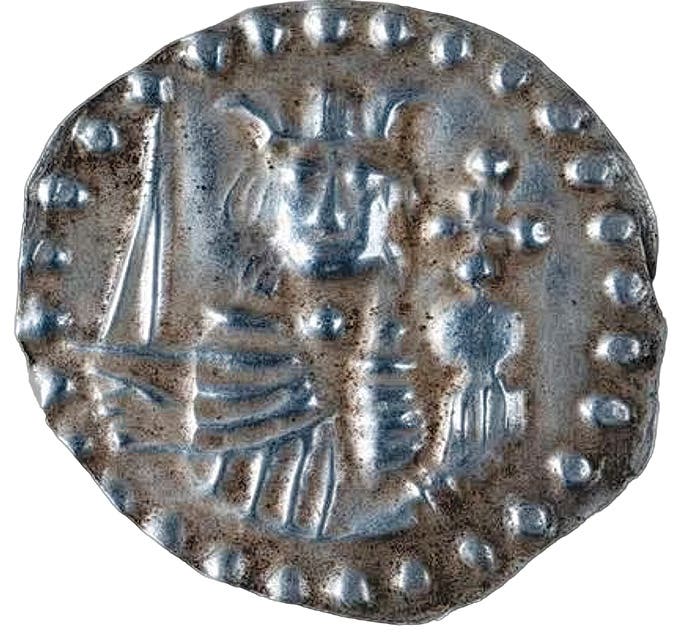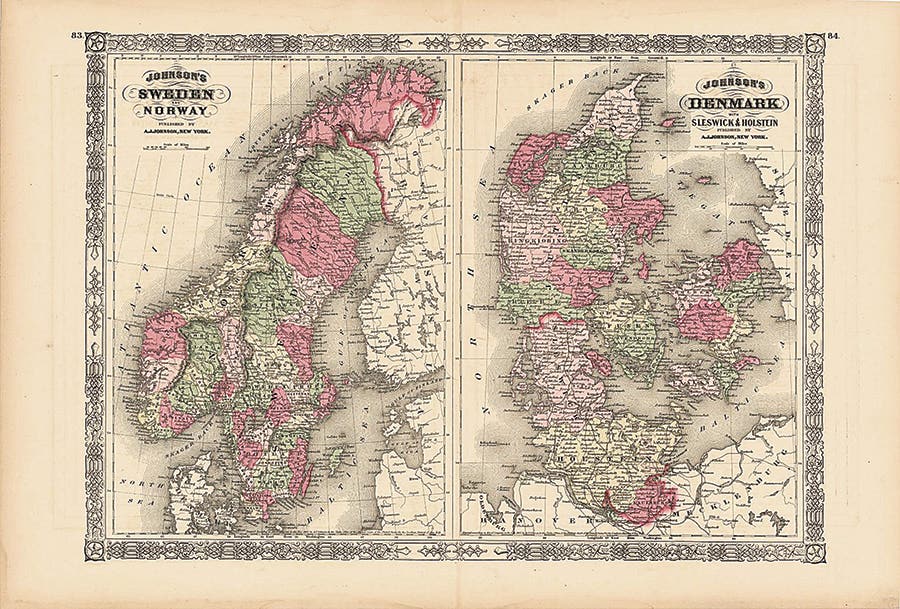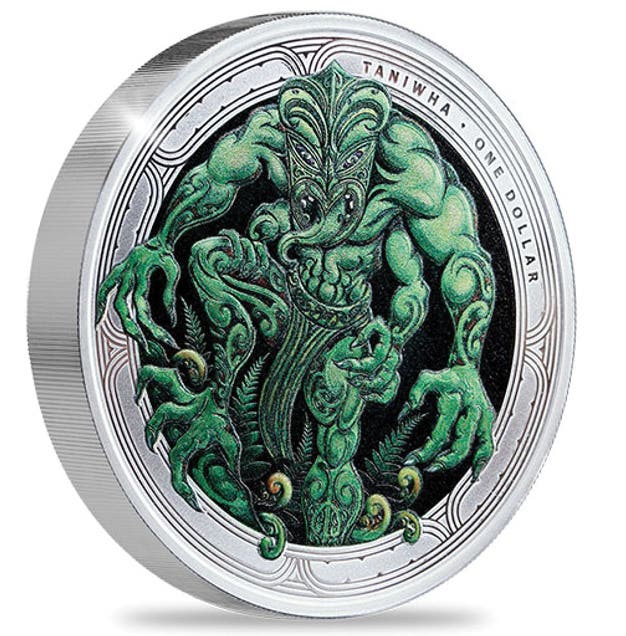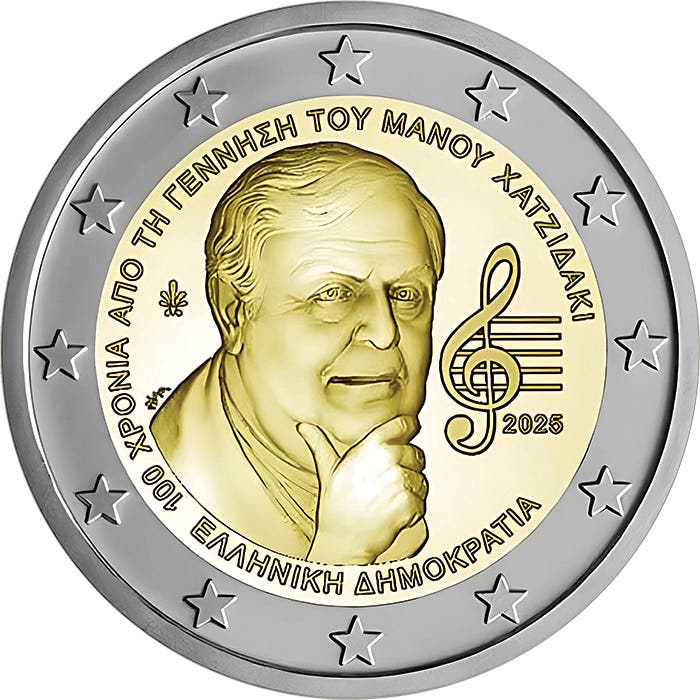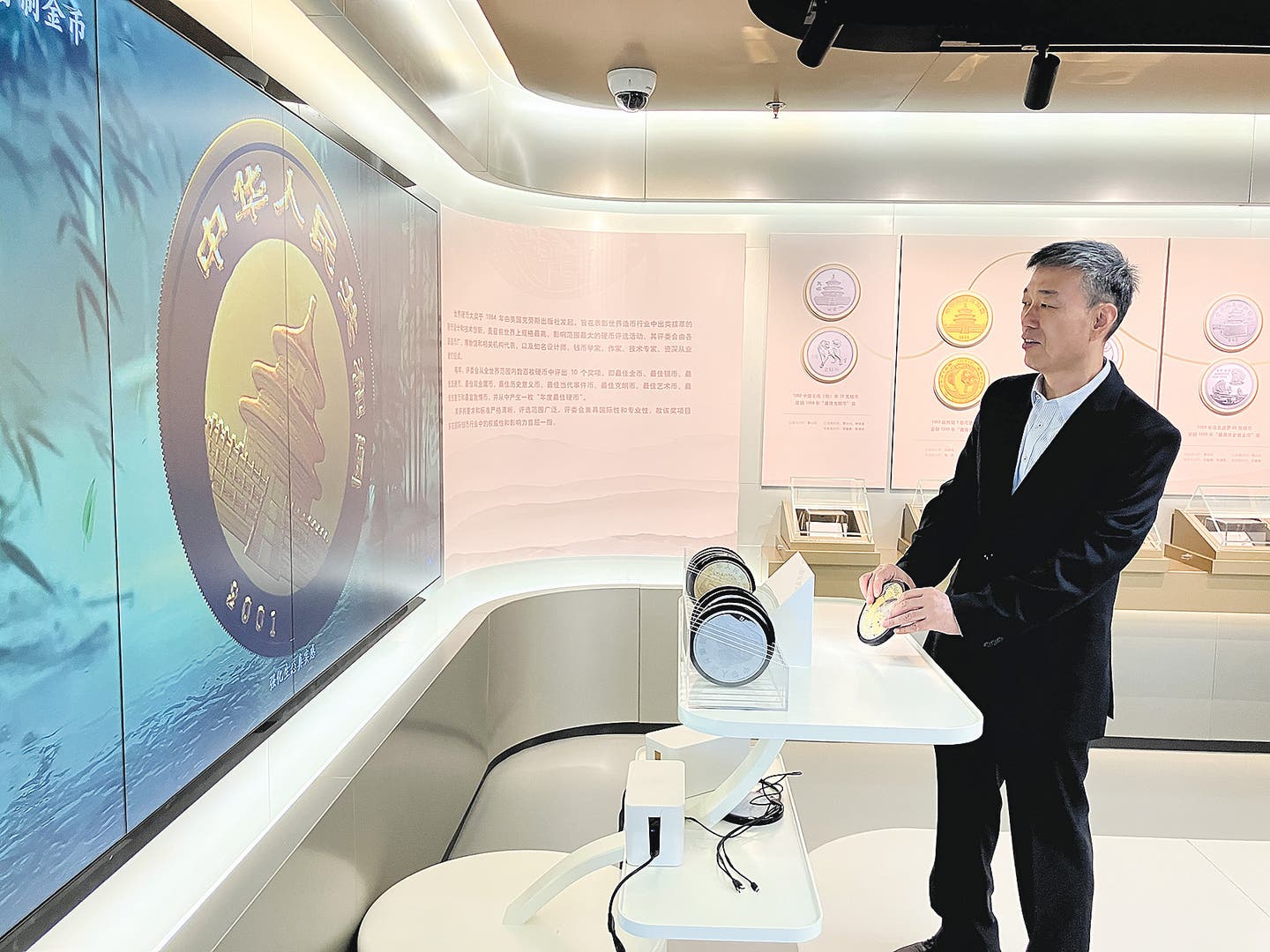Royal Albert Hall Celebrates 150 Years
When Queen Victoria laid the red Aberdeen granite cornerstone of this building using a golden trowel, she stated “It is my wish that this Hall should bear his name to…
When Queen Victoria laid the red Aberdeen granite cornerstone of this building using a golden trowel, she stated “It is my wish that this Hall should bear his name to whom it will have owed its existence and be called The Royal Albert Hall of Arts and Sciences.”
The day was May 20, 1867, it was a grand ceremony and the Queen must have been incredibly pleased to see her late husband’s vision begin construction. Prince Albert had passed away on December 14, 1861 but his dream of a venue dedicated to arts and sciences was just beginning to take physical form.
It is estimated that more than 10,000 people attended the 1867 ceremonial event commencing construction of the Hall. The building process continued for four years, finally reaching its complete form in 1871. On March 29, Queen Victoria and her son Edward, the Prince of Wales, attended the opening ceremony as the Hall came to life and Prince Albert’s vision of a center for the arts and sciences became a reality.
The Iconic Royal Albert Hall is being honored in coinage this year for the 150th Anniversary of its grand opening. The new Royal Mint £5 coins are struck in brilliant uncirculated copper-nickel, silver proof, silver proof piedfort and gold proof, as is the current custom. Different cases made for storage or display are available and the simple copper-nickel example is contained in an informative four-fold card perfect for those wishing to delve into the history of the Hall and the background of the coin’s creation.
The silver proof is selling for around $175 through distributors, while the silver proof piedfort is set at just under $250 and is still in stock on the mint website with a mintage of 1,000 pieces. The BU copper-nickel strike in card should remain at the $18 issue price for quite a while and the gold proof in display case is also available on the mint website for $3,830 with a very limited mintage of only 200 pieces.
This is the first coin struck by the Royal Mint for the United Kingdom to feature a domed effect. The obverse hosts a portrait of Queen Elizabeth II on a concave surface, while the reverse offers a view of the exterior of the Royal Albert Hall in a high relief convex which really displays the Hall’s massive dome to a great degree. The convex surface of the coin elevates the intricate details of the design and truly captures the Hall’s iconic architecture.
Renowned artist Anne Desmet RA took on the job of creating a design worthy of the grandeur of its topic. Desmet specializes in architectural artwork, making her an ideal match for the task.
“Much of my work as an artist over the last 30 years has involved depictions of iconic and just plain, interesting buildings in worldwide locations but most especially in Italy and England. I am especially interested in buildings in the round – such as Rome’s Pantheon and Colosseum – and the Royal Albert Hall is arguably Britain’s most distinguished such building and one that I have admired ever since I first moved to the capital 30-odd years ago.”
After consulting photographs of the building from different angles, Desmet settled on an approach which would do justice to the Royal Albert Hall in coin form. Her intent was clear, “I wanted to convey the sheer beauty of the building in the elegance of its design. I also wanted to pare down the design so that it would focus on the structural lines and contours of the building rather than its tonal or textural details. In this way, I hoped to capture the essential essence of the building’s form that makes it such an instantly recognisable and iconic structure. It was also important to retain a focus on the entrance as the familiar point of contact that most people have with the Hall.”
A straight forward frontal view of the Hall would have been way too two dimensional for what Desmet had in mind. Challenges were evident from the outset, but Desmet’s experience in architectural art form allowed her the flexibility to adapt the design to incorporate both tradition and three dimensional aspects best suited for a grand display of the well-known landmark.
“In the drawing process, I kept having to draw and redraw the contours to get the curves absolutely right, so that they would be both architecturally accurate and also convey the three-dimensionality of the structure as fully and as dynamically as possible using linear perspective. I also had to modify the contours, to an extent, to get the design to fit perfectly within the circular coin while maintaining its instant recognisability as the Royal Albert Hall; these were the major design challenges. They were not at all easy and took a long time to resolve, though I hope that the final result looks effortless!”
The final result speaks for itself. In any metal this Royal Mint £5 classic conveys the magnificence of the Royal Albert Hall in a way that would be sure to please Queen Victoria herself. After 150 years of glorious service, the center for the arts and sciences which Prince Albert envisioned has been made available for coin enthusiasts to enjoy and appreciate in their own collections for years to come.
Explore the Royal Albert Hall £5 coin issues at the Royal Mint sales site at https://www.royalmint.com/our-coins/events/royal-albert-hall/ and learn about other Royal Mint commemorative coinage at https://www.royalmint.com/our-coins/





